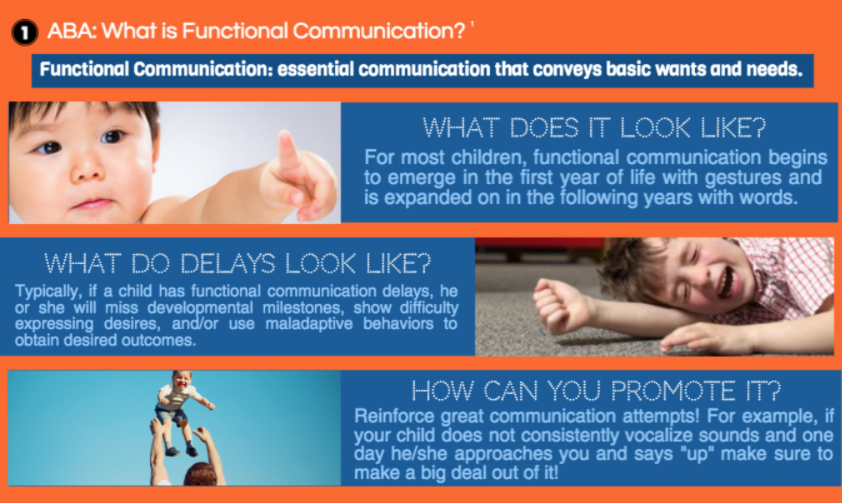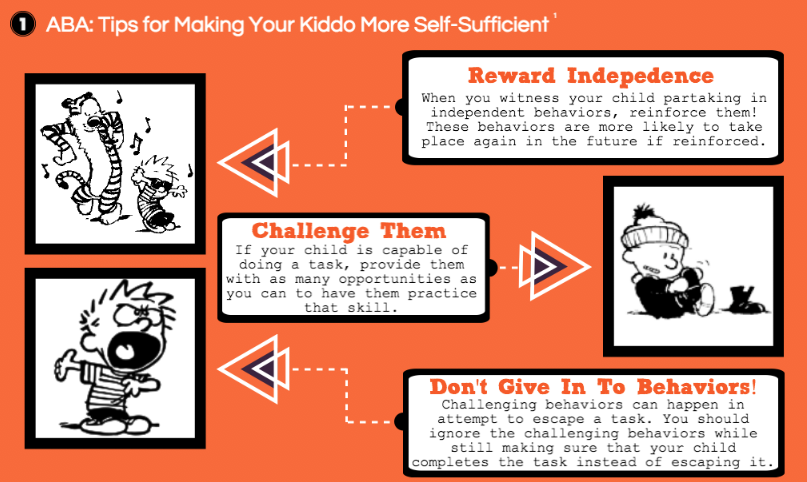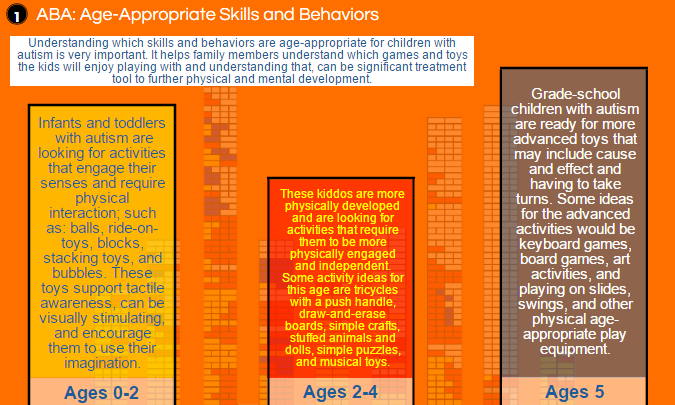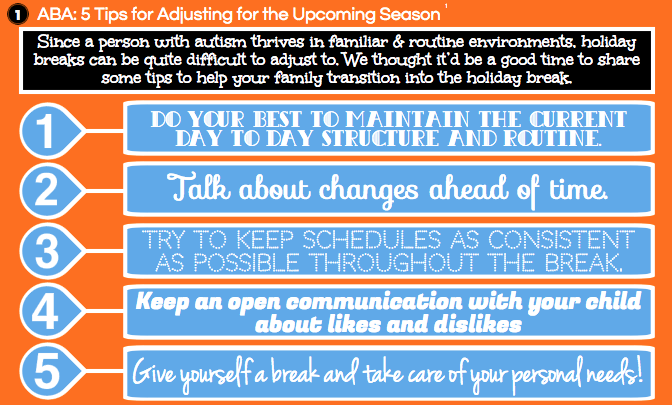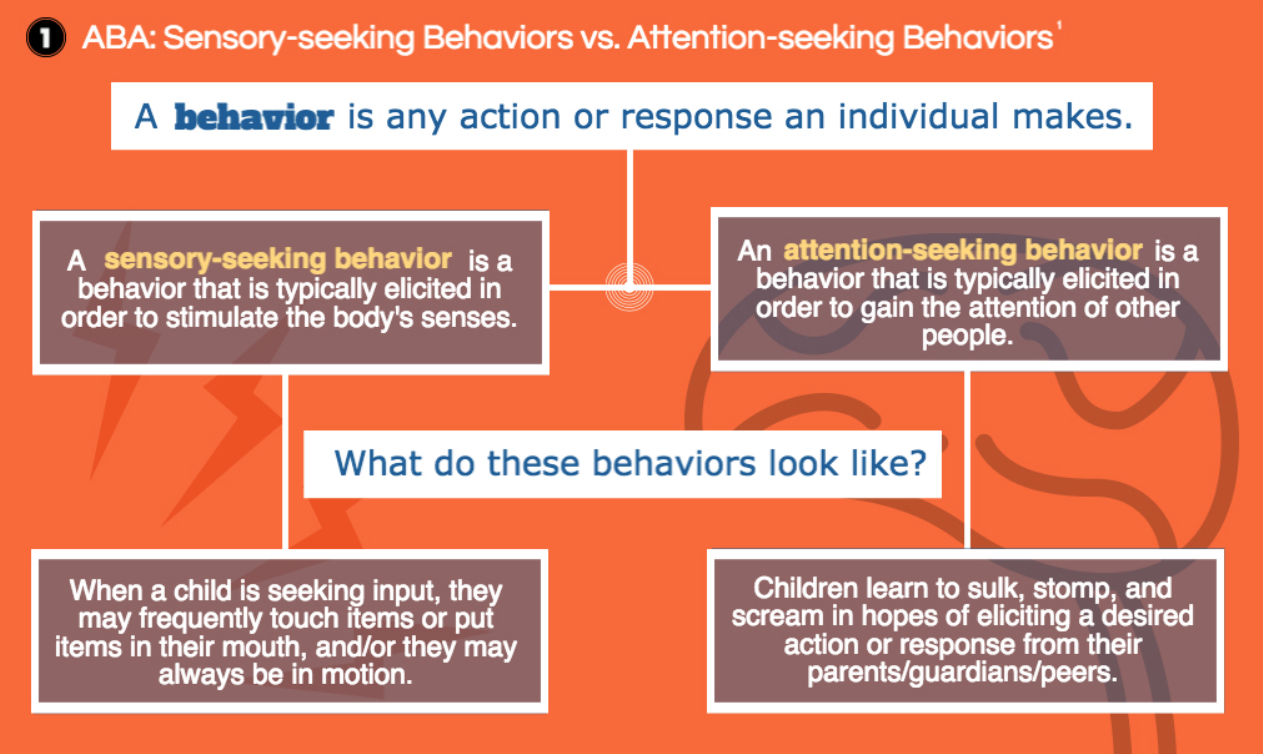What is Reinforcement?
What is Reinforcement? What is Reinforcement? The process of encouraging or establishing a belief or pattern of behavior, especially by encouragement or reward. Positive vs. Negative Reinforcement Positive reinforcement refers to the act of introducing certain stimuli after a particular behavior is exhibited. Negative reinforcement refers to the act of removing certain stimuli after a [...]



